Home / Materials Chemistry / Tumbaga
Tumbaga
Table Of Contents
What Is Tumbaga
The name Tumbaga in Spanish refers to a gold and copper alloy that was predominantly used in pre-Columbian (before 1492) Mesoamerica and South America. The chemical composition of the alloy differs in different objects of use and it is known for its hardness [1]. If the copper content is low, it doesn’t tarnish much [7]. It can be hammered, cast, annealed, plated, polished, inlaid, embossed and engraved [8].
Composition [5]
The constitution of the generic alloy is as given below.
| Copper | 95% |
| Gold | 95% |
| Silver | 5%-10% |
Properties and Characteristics of Tumbaga
Physical Properties
| Color/appearance | Golden with a strong reddish tinge [1, 3] |
| Luster | Metallic [1] |
| Melting point | 864.18 °C, 1587.52 °F [2] |
| State of matter at room temperature (normal phase) | Solid [1] |
| Hardness | 30-80 Brinell (estimated) [8] |
| Malleability | Yes [1] |
Uses
- Ancient civilizations extensively used it in decorative arts and making jewelry [4].
- As a catalyst in nanotechnology in modern times [4].
Interesting Facts
- The low melting point of the alloy favored its use with early metal workers. In fact, it was made to resemble gold by treating its surface with an acid solution to dissolve the copper and then hammering and polishing it for joining the gold [6].
References
- Tumbaga – Revolvy.com
- Tumbaga – Atlantipedia.ie
- Confounding the Conquistadors: Tumbaga’s Spurious Luster – Penn.museum
- Gold–Copper Nano-Alloy, “Tumbaga”, in the Era of Nano: Phase Diagram and Segregation – Ncbi.nlm.nih.gov
- Tumbaga – Langantiques.com
- Tumbaga Gold and Copper alloy – Matweb.com
- Metalsmithing: If there were a book of 268,000 words written on plates of brass or gold, how much would it weigh? – Quora.com
- The Improvement Era – Shields-research.org
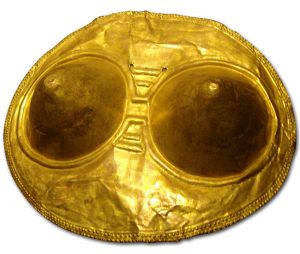
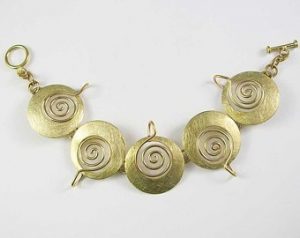
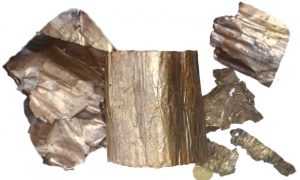
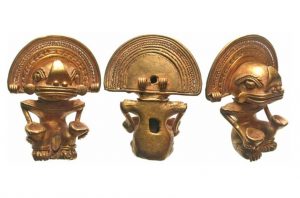
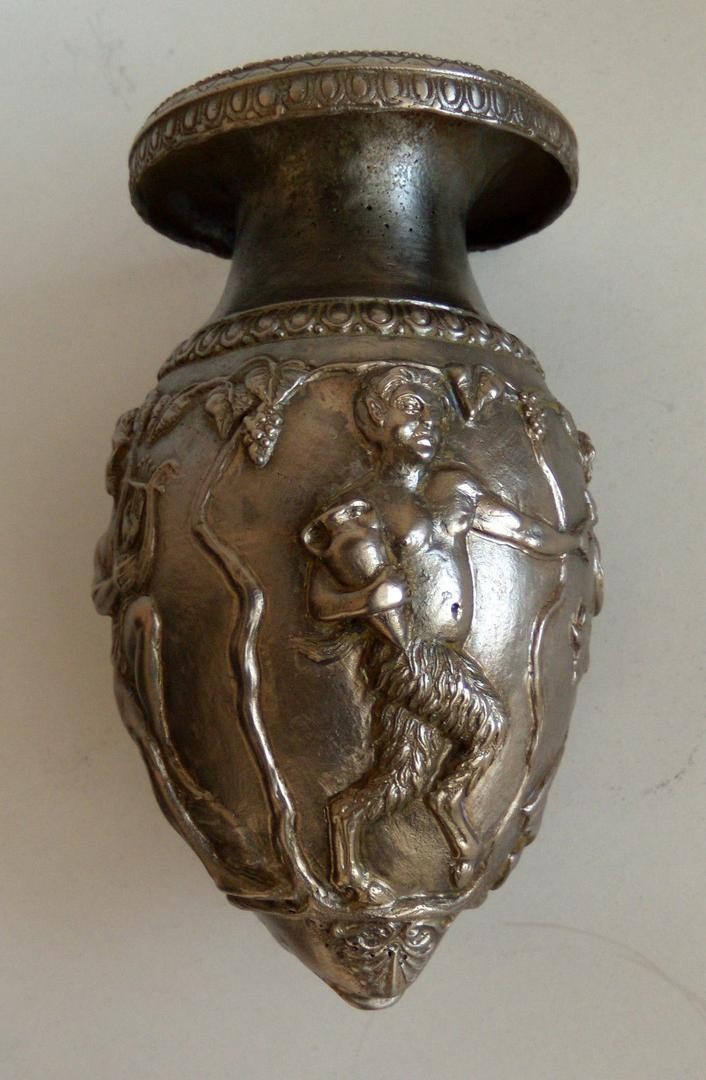
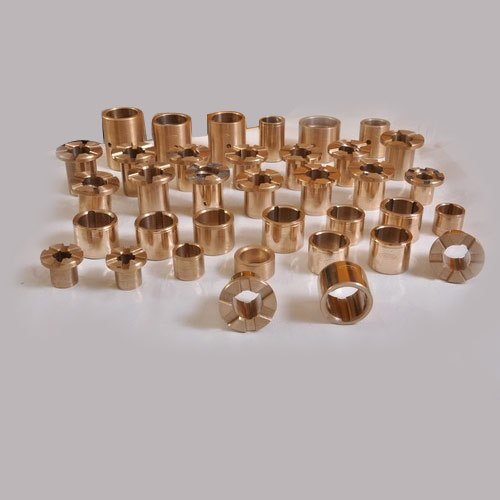
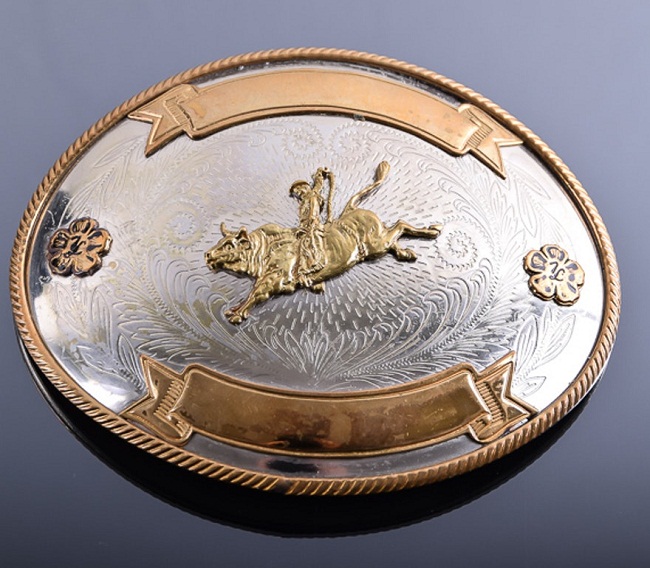
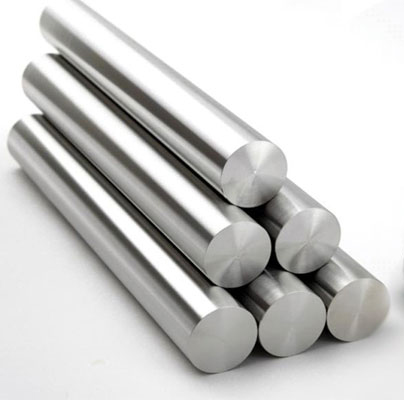
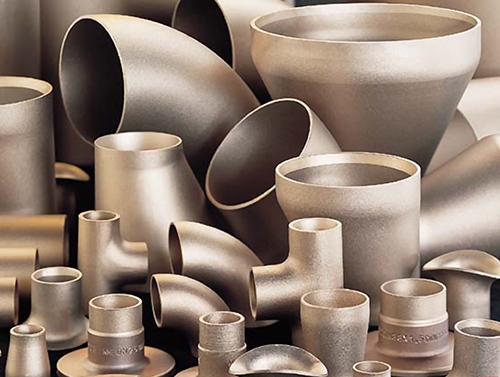
Does tumbaga rust and become irritating to skin?
No. It doesn’t.
How can one test for Tumbaga ?
Tumbaga can be tested using X-rays and gamma-rays.
Where can buy tumbaga for making jewelry?